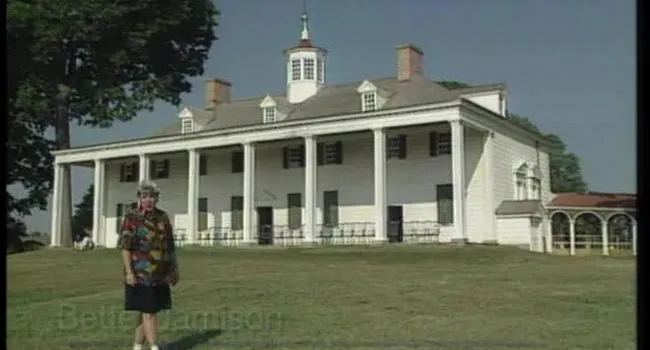The homes of famous people tell us many things about the people who once lived there. Visiting these homes also helps us understand what life was like during their times.
Middleton Place, located on the Ashley River near Charleston, South Carolina, was the home of the Middleton family. More than 100,000 visitors come here each year to learn about the Middletons and to see their beautiful gardens. Today, visitors arrive by car; however, when the Middletons lived here, most visitors arrived at the house, which faced the river, by boat. Four generations of Middletons lived in this home.
Henry Middleton, who was president of the Continental Congress, built the house and established the gardens. His son, Arthur, signed the Declaration of Independence. Arthur's son, Henry, was a governor of South Carolina and a minister to the Russian Court for 10 years. Henry's son, Williams, signed the Ordinance of Secession and helped to save the plantation after the Civil War. Hampton Plantation, a national historic landmark, was built in 1750. The house features a large ballroom with a vaulted ceiling. This room was used for entertaining and hosting large parties. George Washington visited the plantation in the 1790s.
Rose Hill Plantation was built in the 1800s by William Gist, a former governor of South Carolina. Gist pushed the state to secede from the Union, which led to the Civil War. The house, now the outstanding feature of a state park, is shown decorated for Christmas.
Standards
- 4.1.P Explain the development of political institutions and social characteristics that defined the British colonial regions.
- 4.1.CX Contextualize the experience of Africans, Europeans, and Native Americans in South Carolina.
- 4.1.E Analyze multiple perspectives on the economic, political, and social developments of British North America and South Carolina.
- 8.1.CE Analyze the factors that contributed to the development of South Carolina’s economic system and the subsequent impacts on different populations within the colony.
- This indicator was designed to encourage inquiry into the geographic and human factors that contributed to the development of South Carolina’s economic system. This indicator was also written to encourage inquiry into South Carolina’s distinct social and economic system as influenced by British Barbados.
- 8.2.CO Compare the motives and demographics of loyalists and patriots within South Carolina and the colonies.
- This indicator was developed to encourage inquiry into the economic, political, and social motivations of the patriots and the loyalists in the era of the American Revolution.
- 8.2.CX Contextualize the roles of various groups of South Carolinians as the colonies moved toward becoming an independent nation.
- This indicator was developed to encourage inquiry into the motivations of colonists during the American Revolution and the progression of conflict and failed compromise that ultimately led to revolution.
Resources
You need to be logged in to listen to view this content. Create an account now; it's quick, easy, and free!
Log In to View


































